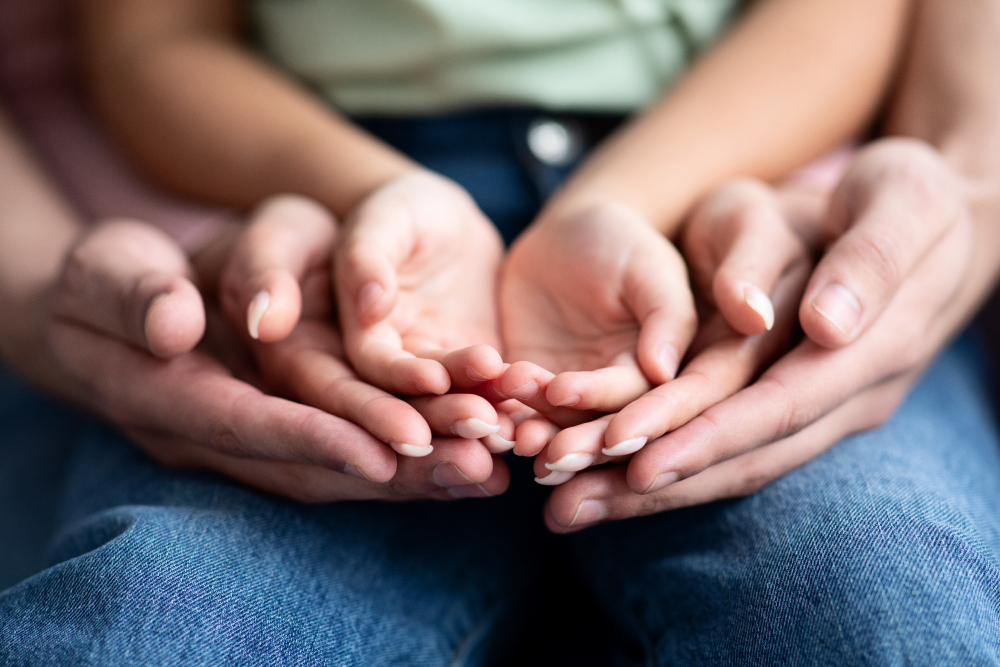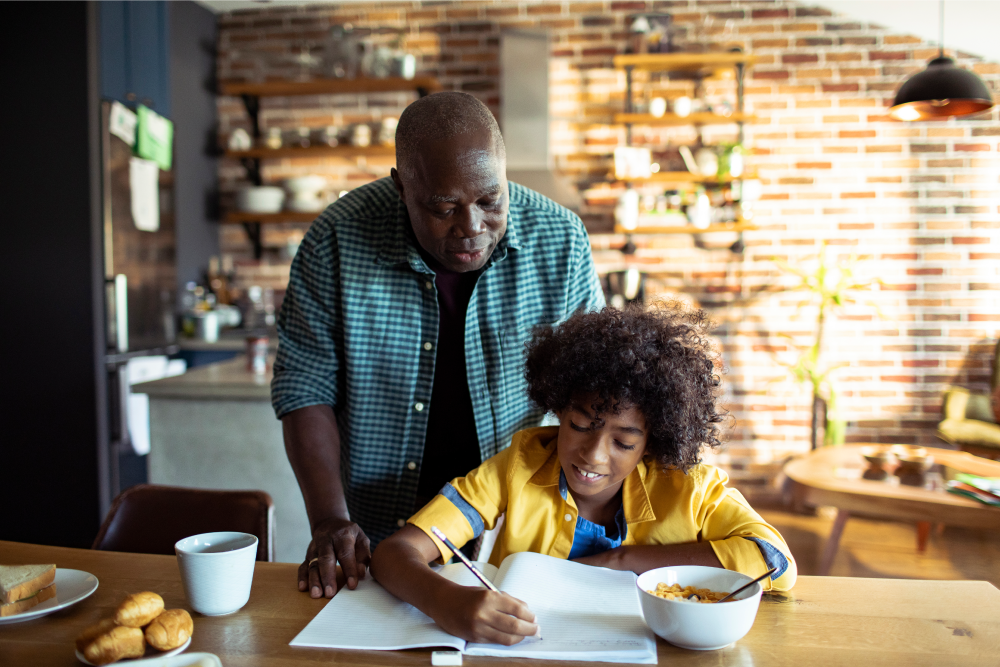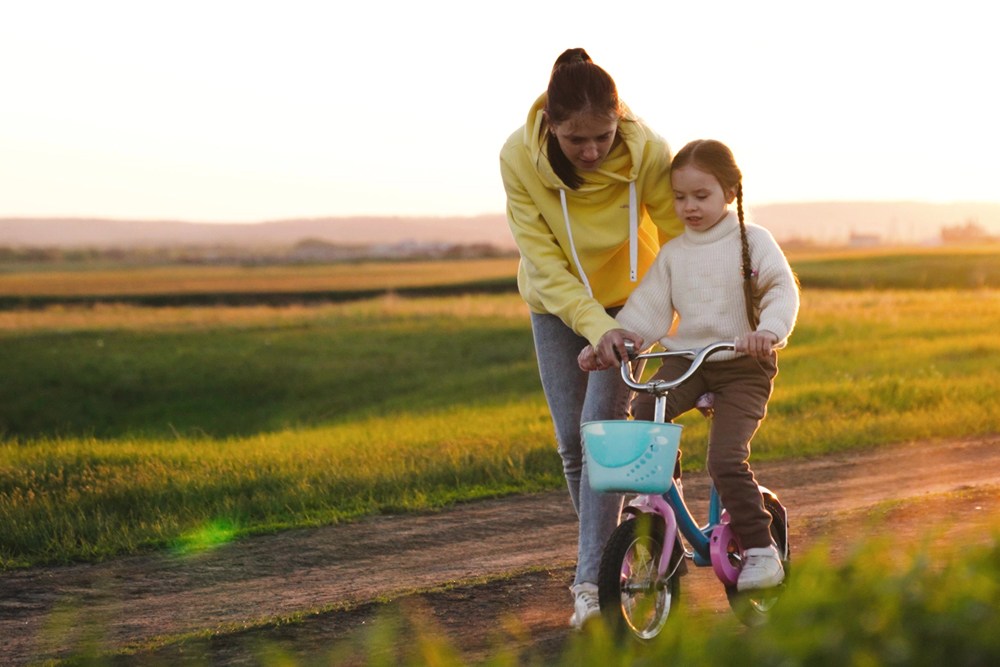Have you ever walked up to someone who was laughing really hard and you started laughing too, even though you didn’t know what that person was laughing about? Do you find yourself yawning when you see your child yawning? Have you found yourself cringing when you see someone getting hurt on a movie screen? There is a scientific reason for these reactions! Knowing that our brains cause us to mirror the actions of others is a concept that can help us tremendously in getting our foster and adopted children on a path of healing.
Just two decades ago in a laboratory in Parma, Italy, Italian neuroscientists discovered a type of specialized nerve cell in the brain that they called mirror neurons. This discovery was a fascinating find in the scientific world since it explained much of what we see in our everyday lives. Mirror neurons fire together in our brains when we are either engaged in a specific act of doing something or when we observe the same action being performed by another. The same area of the brain in each person is activated.
Humans are social beings programmed to learn from others and mirror neurons allow us to learn through imitation. The poet, Jon Donne, said we are not islands unto ourselves. We are interconnected.
When you are holding an infant, cooing and talking, and the infant coos and talks back, you are experiencing mirror neurons at work. Mirror neurons enable us to reflect body language, facial expression, and emotion. Jennifer Landsford, PhD at Duke University says that from birth, infants pick up on emotional cues from others. Even very young infants look to caregivers to determine how to react to a given situation. Studies have even shown that infants can sense when a parent is depressed or angry and are affected by their parent’s mood.
Mirror Neurons should matter to us as foster and adoptive parents. As we attempt to teach our children to regulate their emotions, they are watching and learning from us. If we have a limited ability to show emotion, or if we stay irritated and annoyed by our children and express that through facial expressions, non-verbal body language, and a flat tone of voice, our children will pick up on that. When children who have hard histories are subjected to parents or caregivers who express either minimal emotions or strong reactions to their behaviors, their stress hormone, called cortisol, rises. When cortisol rises, children and teens will stay in a heightened level of alert in a fight, flight, or freeze mode. Your connection with them and their internal sense of safety decreases. This make attachment very challenging.
Scientists at Harvard University completed a study called the Still Face Experiment . This study showed that children are deeply affected by the social interaction and facial expressions of their parents. Have you ever heard the old adage that mom sets the temperature of the home? Science has shown that our connection to our children through facial expressions, body language, and mood is highly recognized by our children. Therefore, we must be conscious of our actions and reactions to our children and their behaviors.
Developing the feeling of being safe depends on how parents or caregivers interact with their child. Does this mean that parents and caregivers have to be happy and playful all the time? No! That isn’t realistic. We can, however, be aware and work towards staying regulated ourselves so that we can respond well to our children in a connected way.
Let’s practice mindfulness with our actions towards our children. First, be aware of how your past is affecting your parenting. Were your parents stoic type of people who showed little emotion? Were your parents very serious or very emotional? How has that affected how you respond to behavioral struggles with your children?
Secondly, I’ll take a line from the musical, Hamilton. Talk less, smile more! Parents have a tendency to enter into a monologue of correction when children are displaying harder behaviors. Dr. Bruce Perry reminds us that in order to help our children calm their fight, flight, and freeze responses we should first help them regulate or calm down. He then shares that we must relate and connect with our child through an attuned and sensitive relationship. Finally, Dr. Perry encourages parents and caregivers that then we can help our children reflect, learn, and articulate their needs. This is where the real teaching and discipline begins.
Thirdly, pay attention to your non-verbal facial expressions and body language. Does your child often ask you if you are mad or upset? When you feel stressed, does your child seem to act out more? Could it be that your child’s stress response is increased because he is picking up on yours? And finally, work hard to be playful! You can do it! Laughter is a key connector that binds our hearts together.
We must all take a moment to ask ourselves hard questions. Are we often critical or harsh? Are we able to show a range of emotions in my facial expressions, body language, and tone of voice? Take time to self-evaluate. Investment parenting is hard, but you can do it. If you need more help with mirror neurons, check out the Mirror Neurons video.













